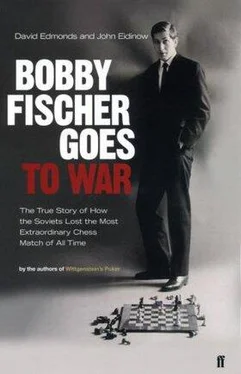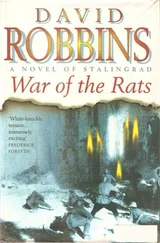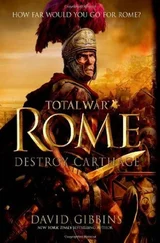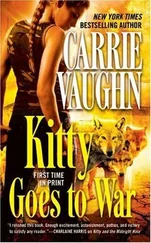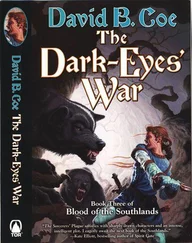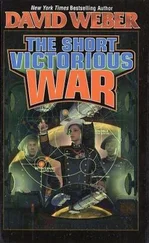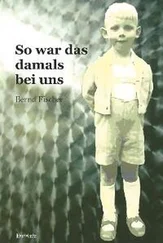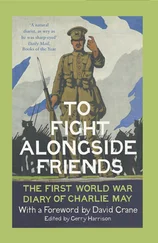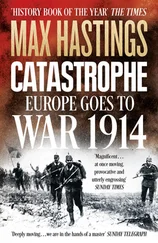Fischer’s car pulls in at the back entrance. Ignoring the animated, smiling faces of the young autograph hunters, the challenger, head down, strides through the door, along the narrow corridor, and left onto the stage. He barely glances into the auditorium. His clock is already ticking; if he is black, he now catches sight of Spassky’s first move. A quick handshake with his opponent, who only half rises, and Fischer slumps down into his chair. For a minute or two he surveys the board. Then, once he makes his move, several more are fired off in quick succession in response to Spassky’s.
Both players are well turned out. For game one, Spassky chose a formal suit, but by now he usually opts for smart casual: sports jacket, white shirt and tie, light-colored slacks. Sometimes he sports a cardigan, too. (Moscow and Los Angeles are suffering under heat waves, but in Reykjavik the weather is unusually miserable for this time of year, cold, cloudy, and wet.) The champion’s jacket goes on the back of the seat. Fischer’s wardrobe of suits spans the rainbow, from blue to an unfortunate maroon, the latter tailored locally. He has gray and black suits, too. A brown cardigan worn below his jacket combats the chill. His shirts also come in a range of garish colors, including canary yellow.
Both players have startling powers of concentration. In each session, which can last up to five hours, they leave their seats only for short periods to stretch their legs. When Spassky rises, he does so carefully and deliberately, eyes still on the board; Fischer bounds up in one movement. Nikolai Krogius identifies two typical Fischer poses at the table: “in one of them he would lean back in his armchair and swivel it slightly (his arms on the armrests), his gaze seeming to bore into the board from afar; in the other, his armchair would be moved as closely as possible to the table and his head, supported by both his hands, would be bent over the board.” Occasionally he picks at his nose. He has been seen putting his fingers in his ears. Krogius observes how Fischer covers his eyes with his hands but leaves chinks through which to observe his opponent.
Spassky too has a variety of postures. One is sitting upright, chin in hand, elbow on table; another is head in hands, blocking out extraneous sound and vision. What to do with those fingers? He might drag them through his thick mane of hair, place the tips in his mouth, or cup them on the bridge of his nose. There are times when he stares, not at the game, but at the rear wall—though it is clear that he is still computing permutations. After making his move, he jots it down with, in the words of one reporter, “the air of a man penning a note to a secretary.” The inscrutability into which he has long since trained his otherwise expressive features is a tremendous asset. Fischer once described what it was like facing Spassky across the board. He has “the same dead expression whether he’s mating or being mated. He can blunder away a piece, and you are never sure whether it’s a blunder or a fantastically deep sacrifice.” The only giveaway for those fluent in body language is an almost indiscernible compression of the lips in complex positions.
Energy levels must be kept high during such sustained periods of mental effort. During the match, Spassky sips at a glass of orange juice or pours himself a cup of coffee from one of two thermos flasks he brings in. Fischer has ice water, tomato juice, or cola. There is food behind the curtains, backstage, out of sight of the spectators. Fischer’s aides bring in supplies especially for their man, which they wrap in tinfoil. It is a smorgasbord of cheese, fresh fruit, cold meat, and herring. Before game fourteen, Cramer announces that they have added an extra foodstuff—hard-boiled eggs. Spassky has sandwiches.
The platform is carpeted green, with an extra rug under the table and chairs. There are a few unassuming potted plants on stage. The hall can hold around 2,500 on its deep purple seats. It varies from half-full to full to capacity. Sundays are busiest. Most of the spectators are male. They have paid the equivalent of $5 to watch—or, for the dedicated, $75 for a season ticket. Some have high-powered binoculars that they train on the two contestants, trying to read clues to their thoughts.
Lothar Schmid is positioned at the back of the stage. He has started the clock; he will take in the sealed move at adjournment, and open the sealed envelope at the beginning of the next session. But his principal task becomes policing the noise in the auditorium, which he does like a teacher in charge of a remedial class.
By now, Schmid has developed several ways of pleading for quiet. He might deliver a short speech before the game: “Do not even whisper,” he begs. Once the game is in motion, he will walk to the edge of the stage, placing a finger to his lips. He presses the button that lights up the neon sign, which is in English and Icelandic: SILENCE, PöGN.
Noise prevention sees the hinges of the doors oiled regularly to keep them from squeaking. Carpenters construct soundproof boxes at the entrances to the hall: the aim is to muffle the sound of clinking crockery from the restaurant. The sale of cellophane-wrapped food or candies is banned, though the Icelandic Chess Federation refuses to ban children, too, as Fischer wants. The place, Fischer charges, is “being turned into a kindergarten.”
But the hall is still, by championship standards. The highly chess-educated audience is as well behaved as any chess audience anywhere in the world. Inevitably there are disturbances and mishaps. Fischer complains that a man is snoring; Schmid immediately dispatches the ushers to rouse him. On another occasion, someone drops what sounds like a hefty piece of metal—the sound bounces off the walls, echoing around the auditorium. The audience do not resent Schmid for his admonishments—indeed, his predicament earns him sympathy. “What do [the Americans] expect him to do?” asks one. “Use nerve gas?”
Understandably, many spectators prefer to watch the match not in the hall—where they may be the target of a Fischer glare—but on the television monitors in the cafeteria. There they can sit chatting over the moves, eating hot dogs and pastries, drinking beer. They can also wander downstairs and sample the boisterous atmosphere of the analysis room. Here one of the visiting grandmasters will be explaining the nuances of the position and trying to predict what comes next. Bent Larsen, in town for a short period, is the punter’s favorite. Blunt and droll and voluble, his comments are sometimes greeted by applause—the rumble filters through to the auditorium, leaving Schmid at a loss.
At the end of a game, a pack of enthusiasts waits by the side entrance. Fischer ignores them all. He straps on his safety belt, as his driver—normally Palsson, occasionally Lombardy—slowly tunnels an exit through the crowd. Back in the auditorium, Spassky is more leisurely in his departure. A disappointing game may find him staring at the board for some minutes, lost in thought, contemplating how, where, why it went so wrong. Lothar Schmid comes to join him, the consolation of company. The champion puts on his jacket and slowly walks out. The auditorium is emptying now. Schmid collects up the pieces and stores them away.
Look skyward and you can see a man climbing across a platform just beneath the roof of the hall. He is smuggling out the closed-circuit video of the match. Chester Fox is determined to take possession of this, but the person responsible for closed-circuit TV, Gunnlaugur Josefsson, believes the American producer has no right to it. It is Josefsson who arranges the video’s thrice weekly escape.
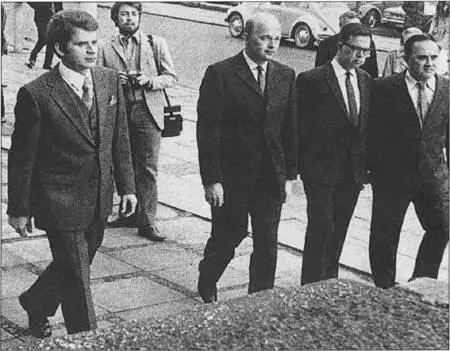
The champion alone with his seconds, (left to right:) Ivo Nei, Nikolai Krogius, Efim Geller. CHESTER FOX
Nonmatch days have also developed a more reliable tempo. The Icelandic Chess Federation committee gathers almost daily to discuss the latest crisis. The treasurer, Hilmar Viggoson, has the task of devising ever more ingenious schemes to compensate for the loss of film revenue. Some suggestions come from the public, after he placed an advertisement in a newspaper appealing for ideas. The most successful venture is commemorative gold coins. They sell out quickly. “We made a fortune from this,” says Viggoson.
Читать дальше
